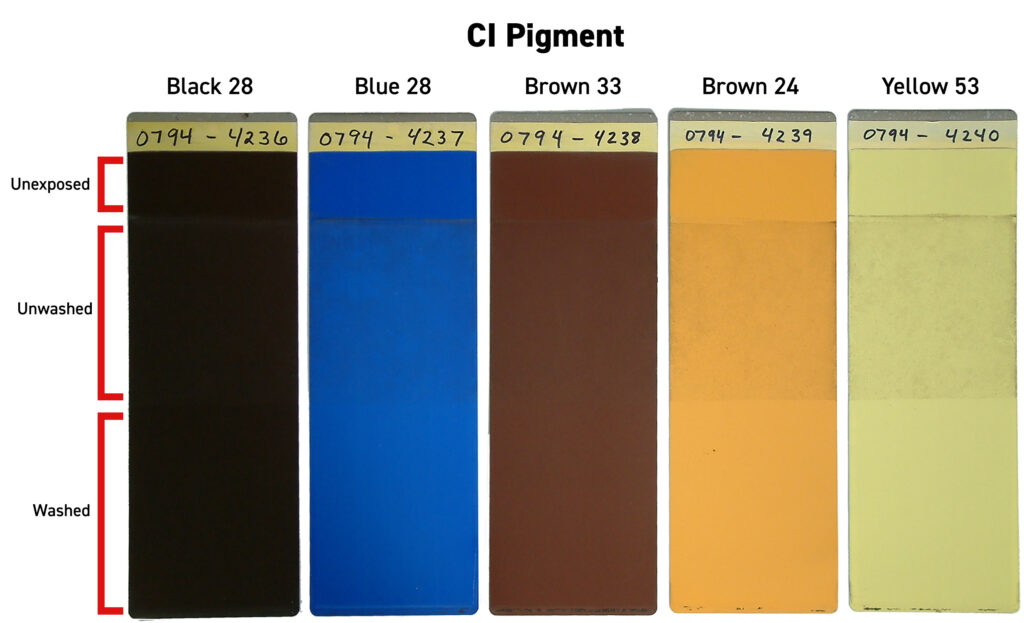Latest News
Dispersant Guide For Shepherd Pigments In Coatings

SUMMARY
The selection of a dispersant package for a coating formulation is not a simple proposition and can require a substantial amount of laboratory work using experimental design to determine the optimal choice. The selection process needs to consider many factors including the following: is the coating solvent based or water based, if it is solvent based then is the solvent polar, non-polar, etc., what is the resin system, what other pigments and extenders are present, are reactive pigments such as zinc oxide being used, what quantities of pigment(s) / extenders are being used, what are the surface areas of the pigments, what are the oil absorptions of the pigments, what are the ζ-potentials of the pigments, density of the pigments, are HEUR rheology modifiers used, what other additives are being used (particularly defoamers), and are there special requirements for the dispersants such as APEO-free, solvent free, ammonia free, etc. etc. There are even more considerations than these but for the purpose of this paper we will stop here. The number of possible permutations is endless making specific recommendations for the exact dispersant and dosage level for a customer to use in their particular coating formulation impossible. Having said that, dozens of dispersants from several manufacturers have been pre-screened and the field narrowed in order to provide a more manageable list of dispersant candidates for customers to evaluate in their formulations with Shepherd CICP pigments. The dispersants that have demonstrated the most positive results in the screening studies are shown in FIGURE 1 below. A guide to determining usage levels can be found in the "Discussion" section below. Please note that this list is not intended to represent the only dispersants on the market that may be suitable.

